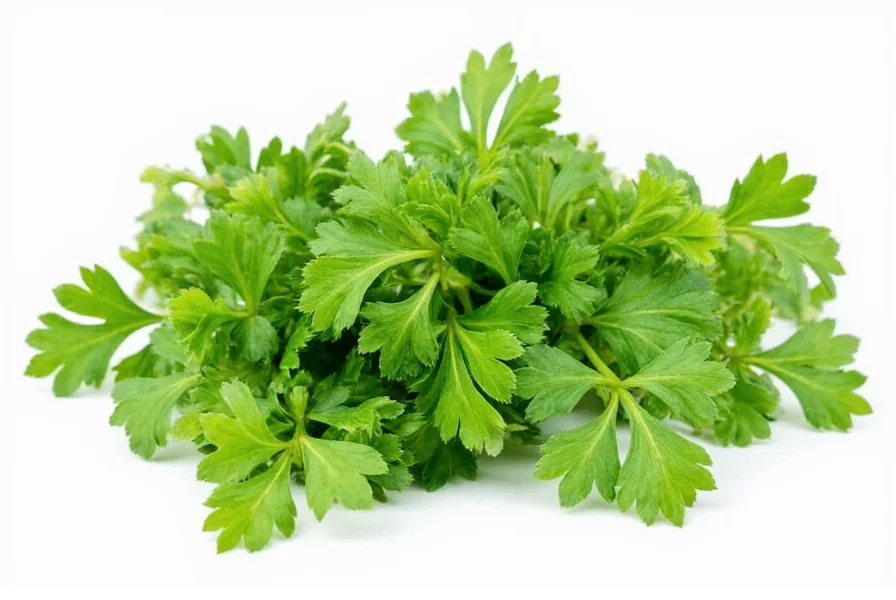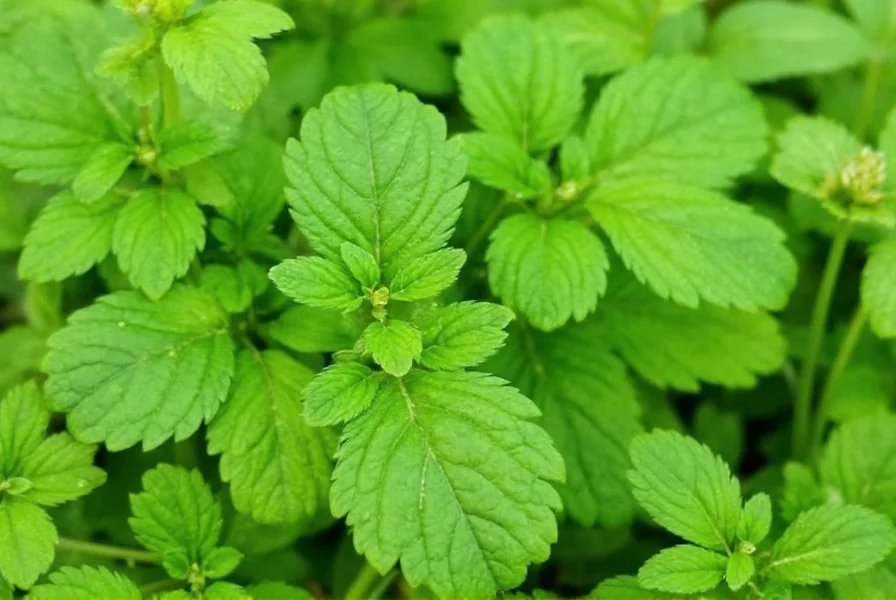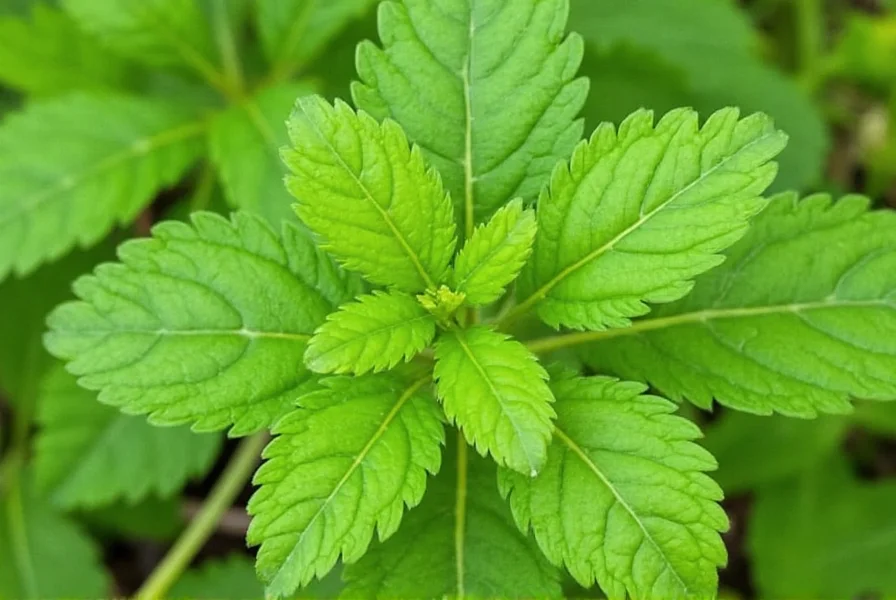Understanding the nuances of coriander leaf goes beyond simply recognizing it in your grocery store. This versatile herb represents the fresh foliage of the same plant that produces coriander seeds, creating a fascinating duality in culinary applications. While the seeds offer warm, nutty notes when dried and ground, the leaves provide a bright, fresh counterpoint that transforms dishes with their unique aromatic profile.
Coriander Leaf vs Cilantro: Clearing the Terminology Confusion
The terminology surrounding this herb creates frequent confusion across different English-speaking regions. In the United States and Canada, the fresh leaves are predominantly called cilantro, while the dried seeds are referred to as coriander. Conversely, in the United Kingdom, Australia, and most Commonwealth countries, the entire plant and its components are generally called coriander. This linguistic distinction stems from Spanish (coriandrum becoming cilantro) and has created a persistent naming divide that often puzzles home cooks and professional chefs alike.
Botanically speaking, both terms refer to the exact same plant species—Coriandrum sativum—a member of the Apiaceae family that also includes parsley, carrots, and celery. The plant typically grows 12-24 inches tall with slender stems, delicate lacy leaves, and produces small white or pink flowers that eventually develop into the familiar round coriander seeds.
Global Culinary Applications of Fresh Coriander Leaf
Coriander leaf serves as a fundamental flavor component across numerous world cuisines, each utilizing it in distinctive ways that reflect local taste preferences and culinary traditions. Unlike dried spices that can be added early in cooking, fresh coriander leaf is almost always incorporated at the end of preparation to preserve its delicate volatile oils and vibrant color.
| Cuisine | Primary Uses | Flavor Role |
|---|---|---|
| Mexican | Salsas, guacamole, taco garnishes | Provides bright counterpoint to rich meats and creamy avocado |
| Indian | Chutneys, raitas, curry garnishes | Contrasts with warm spices like cumin and turmeric |
| Thai | Curry pastes, noodle dishes, soup garnishes | Complements lemongrass and galangal in aromatic profiles |
| Middle Eastern | Tabbouleh, fattoush, meat marinades | Offers freshness against sumac and pomegranate molasses |
Nutritional Profile and Evidence-Based Health Benefits
Research into the nutritional composition of coriander leaf reveals a powerhouse of vitamins, minerals, and phytochemicals. A quarter-cup serving (approximately 4 grams) contains significant amounts of vitamin K (16% of daily value), vitamin C (3% DV), and provitamin A carotenoids. More importantly, coriander leaf contains numerous bioactive compounds including linalool, quercetin, and terpenes that contribute to its potential health benefits.
Studies published in the Journal of Ethnopharmacology and Food Chemistry suggest that coriander leaf may support digestive health through its carminative properties, potentially reducing bloating and gas. The herb's antioxidant capacity, measured by ORAC (Oxygen Radical Absorbance Capacity) values, indicates strong free radical scavenging activity that may contribute to overall cellular protection.
Unlike many herbal remedies that lack scientific validation, coriander leaf's traditional uses for supporting healthy digestion and providing antioxidant benefits align with emerging research. However, it's important to note that these benefits are best realized through regular culinary use rather than expecting medicinal effects from occasional consumption.

Practical Guide to Selecting, Storing, and Preserving Coriander Leaf
When selecting fresh coriander leaf at the market, look for vibrant green leaves without yellowing or wilting. The stems should appear crisp rather than limp, and the entire bunch should have a strong, pleasant citrus aroma. Avoid packages with excessive moisture or signs of mold, which indicate aging product.
Proper storage dramatically extends the shelf life of this notoriously perishable herb. The most effective method involves treating coriander leaf like cut flowers: trim the stem ends, place in a glass with about an inch of water, cover loosely with a plastic bag, and refrigerate. Change the water every two days. This technique typically preserves freshness for 7-10 days, compared to the 3-4 days you'd get from standard storage methods.
For longer preservation, consider freezing techniques that maintain flavor integrity. Chopping the leaves and freezing them in ice cube trays with a small amount of water or oil creates convenient portions for cooking. Alternatively, blending coriander leaf with olive oil and freezing the puree preserves both color and flavor for several months.
Effective Substitutes When Coriander Leaf Isn't Available
When fresh coriander leaf proves unavailable, several alternatives can provide similar flavor profiles depending on your culinary application. Each substitute works best in specific contexts:
- Parsley and lemon zest combination - Use flat-leaf parsley with a small amount of lemon zest to approximate coriander's citrus notes, particularly effective in Mediterranean dishes
- Basils varieties - Certain basils like lemon basil or culantro (not to be confused with cilantro) offer similar aromatic qualities for Southeast Asian recipes
- Arugula leaves - Provides a peppery note that can work in salads and fresh applications where coriander would normally feature
- Coriander powder with fresh acid - For cooked dishes, a small amount of ground coriander combined with lime or lemon juice can mimic some characteristics
It's worth noting that no substitute perfectly replicates coriander leaf's unique flavor profile, which explains why many cooks consider it irreplaceable in authentic recipes from certain culinary traditions.

Growing Your Own Coriander Leaf: A Home Gardener's Guide
Cultivating coriander leaf at home offers the freshest possible product and solves the common problem of purchasing more than you can use before it spoils. The plant grows relatively quickly from seed, reaching harvestable size in 3-4 weeks under optimal conditions.
For continuous harvest, practice succession planting by sowing new seeds every 2-3 weeks throughout the growing season. Coriander prefers cooler temperatures and will bolt (go to seed) quickly in hot weather, so consider growing it in partial shade during summer months or focus on spring and fall cultivation in warmer climates.
When harvesting, cut outer leaves first using clean scissors, allowing the center growth to continue developing. Never remove more than one-third of the plant at a time to ensure continued productivity. The plant will eventually bolt and produce white flowers followed by coriander seeds, completing its natural life cycle.
Frequently Asked Questions About Coriander Leaf
Why does coriander leaf taste like soap to some people?
About 21% of the population carries a genetic variation in olfactory receptor genes that causes them to perceive certain aldehydes in coriander leaf as soapy. This genetic predisposition, scientifically documented in studies published in Chemical Senses, explains why some individuals find fresh coriander leaf unpalatable while others enjoy its distinctive flavor.
Can you eat coriander leaf stems?
Yes, the entire coriander plant is edible, including the stems. In fact, the thinner stems contain concentrated flavor compounds and are often preferred by professional chefs for their stronger taste. When preparing coriander leaf for cooking, simply chop the tender stems along with the leaves—only discard the thicker, woody lower portions of the stem.
How does cooking affect coriander leaf flavor?
Heat dramatically alters coriander leaf's flavor profile. When exposed to high temperatures, the volatile compounds responsible for its distinctive citrus notes break down rapidly. For this reason, culinary experts recommend adding fresh coriander leaf during the final minute of cooking or as a garnish after plating. Dried coriander leaf loses most of its characteristic flavor and isn't considered an adequate substitute for fresh in most applications.
What's the difference between coriander leaf and culantro?
Despite similar names, coriander leaf (Coriandrum sativum) and culantro (Eryngium foetidum) are different plants. Culantro features longer,锯齿状 leaves with a stronger, more pungent flavor that some describe as intensified coriander. It's more heat-stable, making it suitable for cooked dishes where regular coriander leaf would lose its flavor. Culantro is commonly used in Caribbean, Latin American, and some Asian cuisines as a substitute when fresh coriander isn't available.
Why does coriander leaf taste like soap to some people?
About 21% of the population carries a genetic variation in olfactory receptor genes that causes them to perceive certain aldehydes in coriander leaf as soapy. This genetic predisposition, scientifically documented in studies published in Chemical Senses, explains why some individuals find fresh coriander leaf unpalatable while others enjoy its distinctive flavor.
Can you eat coriander leaf stems?
Yes, the entire coriander plant is edible, including the stems. In fact, the thinner stems contain concentrated flavor compounds and are often preferred by professional chefs for their stronger taste. When preparing coriander leaf for cooking, simply chop the tender stems along with the leaves—only discard the thicker, woody lower portions of the stem.
How does cooking affect coriander leaf flavor?
Heat dramatically alters coriander leaf's flavor profile. When exposed to high temperatures, the volatile compounds responsible for its distinctive citrus notes break down rapidly. For this reason, culinary experts recommend adding fresh coriander leaf during the final minute of cooking or as a garnish after plating. Dried coriander leaf loses most of its characteristic flavor and isn't considered an adequate substitute for fresh in most applications.
What's the difference between coriander leaf and culantro?
Despite similar names, coriander leaf (Coriandrum sativum) and culantro (Eryngium foetidum) are different plants. Culantro features longer,锯齿状 leaves with a stronger, more pungent flavor that some describe as intensified coriander. It's more heat-stable, making it suitable for cooked dishes where regular coriander leaf would lose its flavor. Culantro is commonly used in Caribbean, Latin American, and some Asian cuisines as a substitute when fresh coriander isn't available.











 浙公网安备
33010002000092号
浙公网安备
33010002000092号 浙B2-20120091-4
浙B2-20120091-4